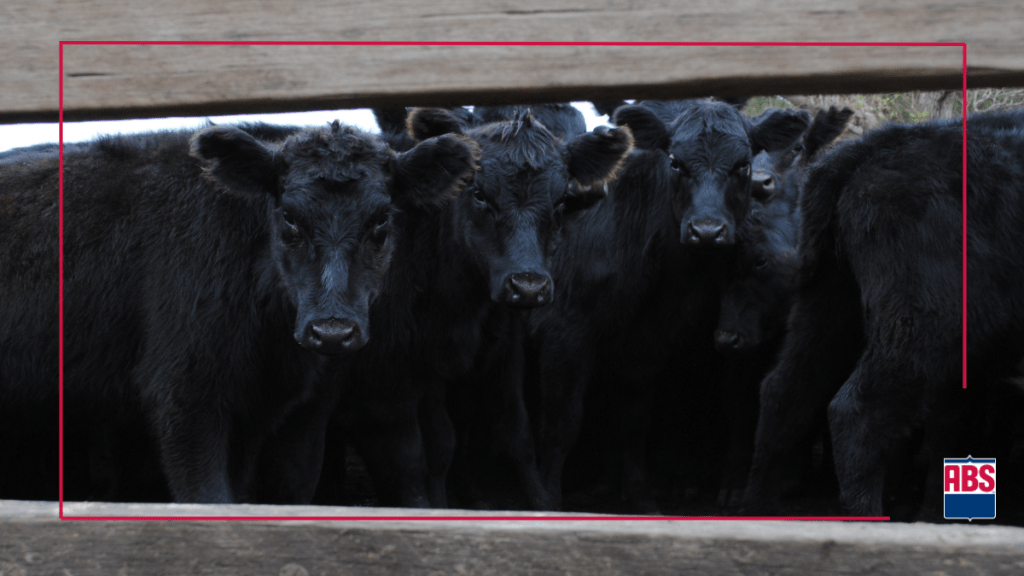Publish date: 7.10.24
In a recent release, the American Angus Association and National Beef Packing Co., LLC announced a first-of-its-kind program designed to reward producers marketing cattle on the US Premium Beef (USPB) Grid for genetic investments they have made to improve their genetics. Per the release, the program will reward qualifying cattle based on their AngusLinkSM Genetic Merit ScorecardSM (GMS).
Starting on August 1, 2024, qualifying cattle that score 100 or greater on the GMS “Beef Score” will begin receiving a $5 per head premium above and beyond any carcass premiums. On the surface, it may seem like a nominal reward that may or may not represent a significant incentive for cattle feeders, but the implications of this premium run much deeper than any financial reward.
Data would suggest that while we continue to improve the growth and carcass potential of cattle being produced in the U.S., this growth potential may have surpassed the resources available in many cow-calf production environments. The result is that, on average, commercial calf weaning and selling weights do not appear to have grown for several years. However, live and carcass weights of fed cattle have continued their upward trajectory.
This increased post-weaning performance and carcass value carries significant value in the supply chain that can be hard to identify without some measure of the genetic potential of the calves being purchased. A program like this has the potential to help the supply chain identify cattle with more post-weaning value while rewarding cow-calf producers for the genetic investments they have made to create value and more demand for their calves.
Beef producers have demonstrated a remarkable ability to respond to grid pricing incentives offered for cattle that deliver a high-quality product. In a few decades, U.S. producers have corrected course and moved the percentage of cattle producing upper 2/3s Choice and Prime carcasses to previously unbelievable levels. The next genetic target for producers to pursue may be less black and white (red and white if you’d rather) in terms of meat quality, or possibly some not-yet-defined measure of environmental impact or sustainability.
In a world with constant scrutiny placed on the beef industry over its perceived environmental impact, it is unclear how producers would be incentivized to make improvements. Packers and retailers will be under escalating pressure to demonstrate how they are mitigating the carbon footprint of their beef products. While the focus of this program is on identifying cattle with improved post-weaning value, it’s not a huge leap to anticipate a system where beef packers utilize a financial reward or penalty system to encourage producers to make genetic investment decisions impacting traits that are not directly related to red meat yield, quality, or growth performance.
We know there are selection and breeding decisions that drive differences in the resources utilized in beef production. Placing selection pressure on traits that improve feed conversion of growing and finishing cattle is the most straightforward of these opportunities. Nonetheless, the cow herd is the behind-the-scenes workforce of the beef industry and represents a huge portion of the resources (approximately 70%) needed to produce a pound of beef.
Building a cow that is optimized to her environment and capable of producing a marketable calf that fits industry expectations should be the target of every cow-calf producer. While your cows may not be the initial focus of programs such as the one discussed here, it seems inevitable that a validated “efficient” cowherd may become another box to check to receive your genetic premium. It is not hard to imagine a world where packers and retailers, who want assurances about production systems further back in the supply chain, use some type of “Cow Herd Scorecard” to help incentivize cow-calf genetic investment decisions.
Whether you take it at face value or try to read into future implications, a program such as this is an exciting development for anyone who recognizes and invests in quality beef cattle genetics. The USPB marketing system has been a respected industry leader for incentivizing the improvement of beef cattle quality. If history repeats itself, they may set the stage for a new generation of slaughter cattle value determination.
Contact your ABS Representative or complete the form below to learn more about maximizing profitability through genetic investments.






